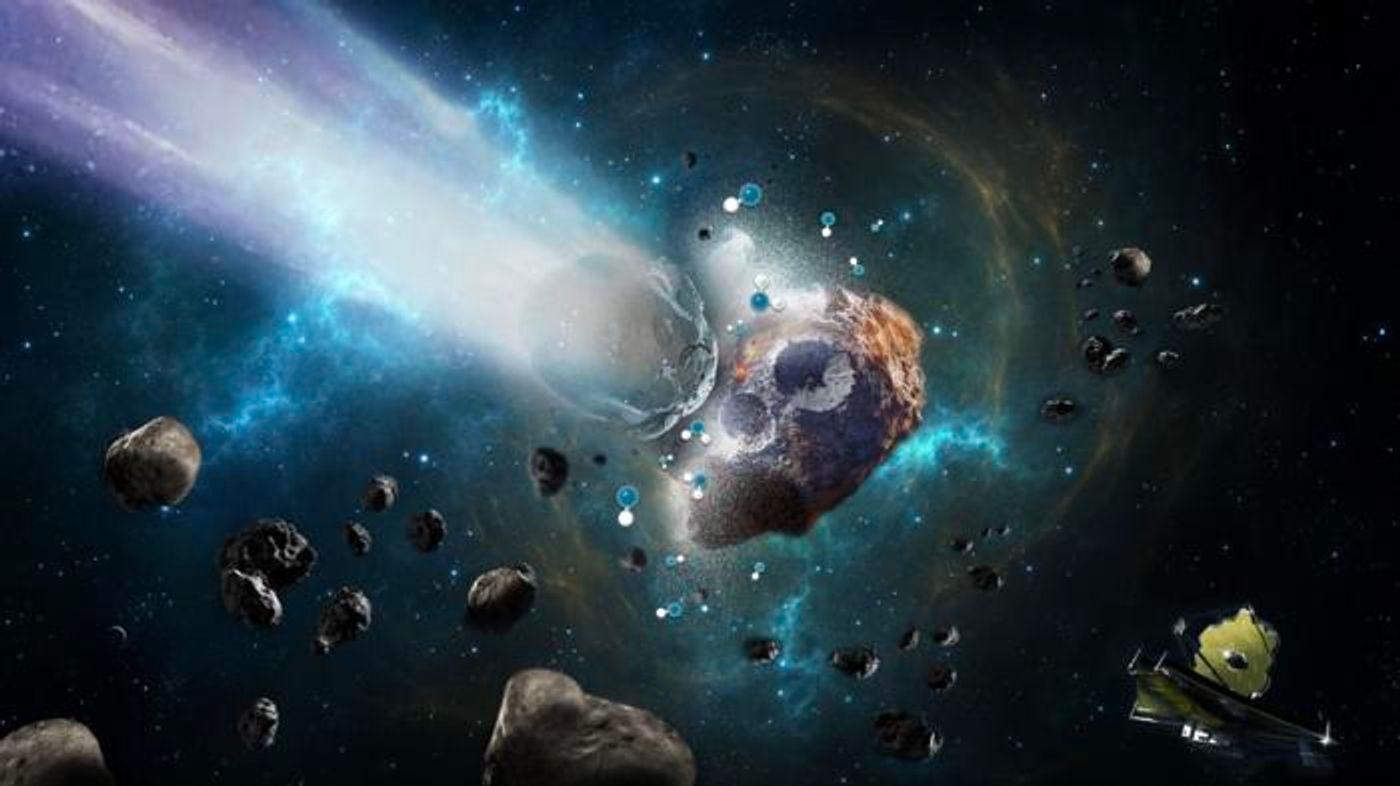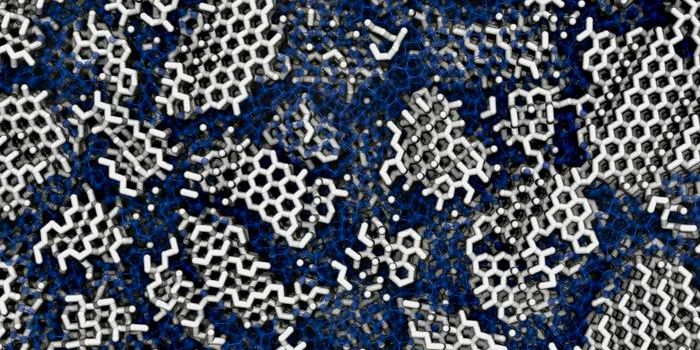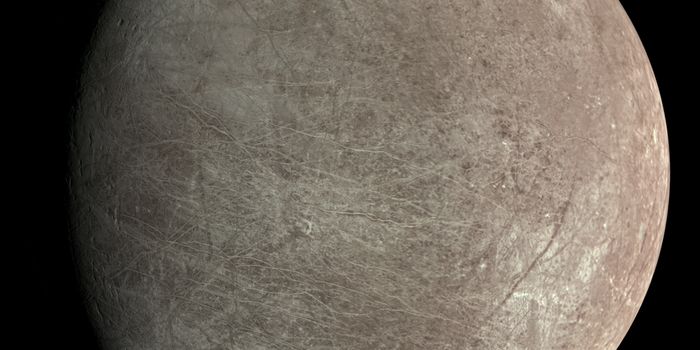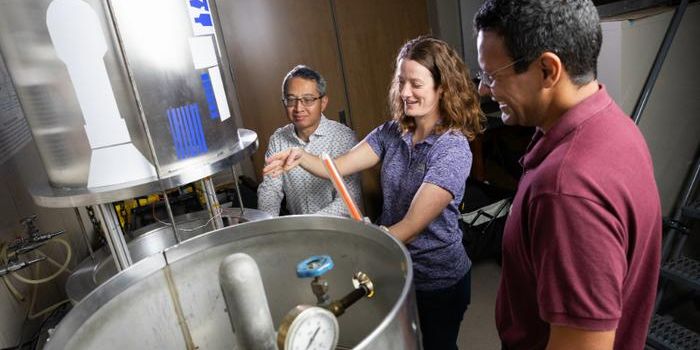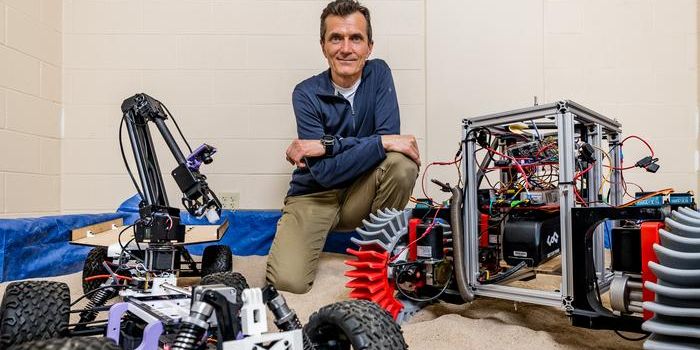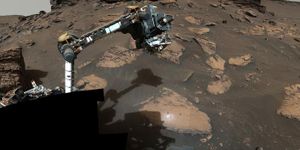Webb Telescope Unveils Evidence of Water and Hydration on Asteroid Psyche
Could a metallic asteroid contain water and what can this teach us about the asteroid’s formation and evolution? This is what a recent study due for publication in the Planetary Science Journal hopes to address as a team of researchers led by the Southwest Research Institute (SwRI) investigated whether the metallic asteroid Psyche—which is one of the largest objects in the main asteroid belt—could contain evidence of water and hydration.
This study holds the potential to help scientists better understand the formation and evolution of asteroids and what this can teach us about the history of the solar system. This study also comes as NASA’s Psyche spacecraft is currently en route to the Psyche asteroid and is scheduled to arrive in August 2029.
For the study, the researchers used NASA’s powerful James Webb Space Telescope to observe the 140-mile diameter asteroid, which detected evidence of what are known as hydroxyl molecules, or molecules containing bonded hydrogen and oxygen, and specifically identified traces of water, more commonly known as H2O in its molecular form. Now, the question arises as to if the water got there from exogenous (external) or endogenous (internal) processes.
“Asteroids are leftovers from the planetary formation process, so their compositions vary depending on where they formed in the solar nebula,” said Dr. Anicia Arredondo, who is a SwRI research scientist and a co-author on the study. “Hydration that is endogenous could suggest that Psyche is not the remnant core of a protoplanet. Instead, it could suggest that Psyche originated beyond the ‘snow line,’ the minimum distance from the Sun where protoplanetary disc temperatures are low enough for volatile compounds to condense into solids, before migrating to the outer main belt.”
Artist’s illustration of asteroid Psyche being impacted by another asteroid with hydrated materials potentially containing water. NASA’s James Webb Space Telescope (JWST) is seen at the lower right merely for depiction, as JWST currently resides at the L2 Lagrange point of the Earth-Sun system, which is located beyond the Moon’s orbit. (Credit: Southwest Research Institute)
How many other asteroids in the main asteroid belt that contain water will researchers discover in the coming years and decades? Only time will tell, and this is why we science!
As always, keep doing science & keep looking up!
Sources: arXiv, NASA, EurekAlert!, NASA (1)
